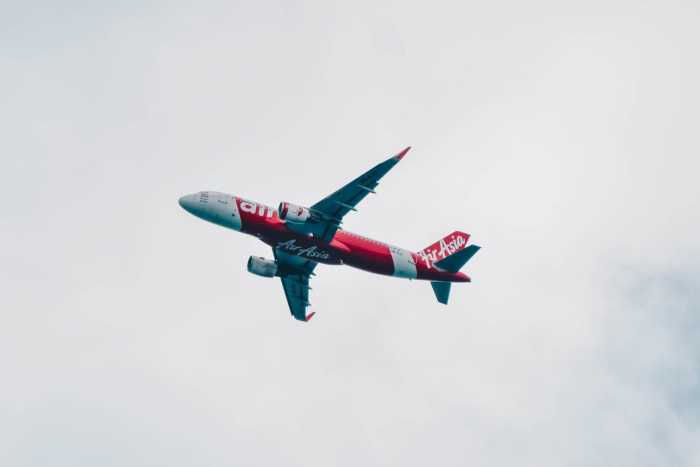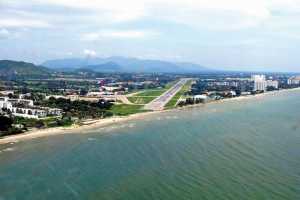
Thai Business Executive Plans Low-Cost Airline
4th Jun 2012

Udom Tantiprasongchai, a Thai businessman and an airline executive is reportedly in serious negotiations with his counterparts in China and another Asean country to build a low-cost airline that would match the scale of large existing operators such as Jetstar and AirAsia.
The founder of Orient Thai Airlines, Mr Udom, acknowledged the report that he was planning to set up a budget airline in partnership with other bigwigs from an Asean country and China. The joint venture is designed to rival the two dominant budget carriers in the region which form a duopoly in the industry.
One probable partner was rumored to be from Indonesia.
As required by Thai law for airlines registration, majority of the ownership should come from a local partner (Mr. Udom) and the rest from foreign investors. That translates to 51:49 for Mr. Udom as the major stakeholder of the joint venture. He was hoping, that within a year, to see the new airline taking off.
As proposed, the new airliner would fly to key destinations in Southeast Asia (including Thailand) and China, serving the burgeoning leisure travel market in the region.
He clarified though, that the status and ownership of Orient Thai will stay the same.
He noted that the combined population of China and the 10-member countries of Asean, at 2 billion people, easily provides a huge opportunity for airlines to tap into.
The charter operation of Orient Thai has been a lucrative business for the carrier, bringing tourists from China to Thailand, which, he claimed, is more profitable than regular flight operations.
The proposed airline is aimed at breaking the low-cost travel duopoly, which is currently dominated by the behemoths AirAsia and Jetstar. AirAsia is based in Malaysia and Jetstar, a subsidiary of Qantas, is based in Australia.
In terms of revenue, Jetstar is considered to be the largest budget carrier in the Asia Pacific region. Since 2004, it has carried more than 75 million customers. In 2011 alone, a whopping 20 million passengers flew with Jetstar.
Jetstar started with only 400 staff when it commenced operations in 2004. Today, it has more than 7,000 employees from Asia Pacific region. It boasts a fleet of 80 aircraft offering up to 3,000 scheduled services per week to 56 destinations in seventeen countries and territories.
AirAsia, meanwhile, has grown by leaps and bounds, starting with only 2 aircraft to 106 today, serving 150 destinations and has flown over 140 million customers.









